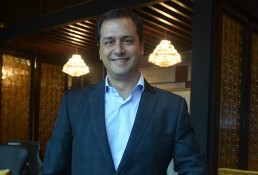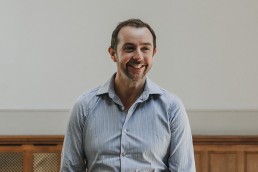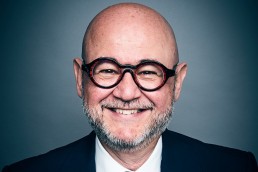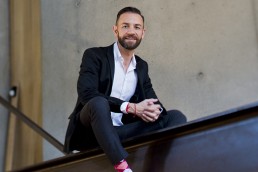Interview: Gonzalo Maceda
As Vice President Development at Melia Hotels International since 2011, Gonzalo Maceda has overseen the company’s proliferation throughout the Asia Pacific region, growing the brand’s regional portfolio from under 10 to the thriving 50-strong collection it is today. Sleeper met with Maceda at HICAP 2018 to discuss the current state of the market, contemporary hotel development in Asia, and Melia’s plans for the future.
How has 2018 been for Melia in the Asia Pacific region?
We’ve been very active here in 2018, as we have the last couple of years, where our current highest growth region is Vietnam. In 2017 we signed 7 deals, and this year we’ll be looking to sign 10 in Asia Pacific, with half of them in Vietnam. In the first quarter of 2019 we’ll be opening a hotel in Hồ Tràm, and we’ve also opened a retreat in the forests near Ba Vi Mountain. We’ve been especially active signing deals with existing owners, and allowing them to create their own experiences whilst bringing the properties up to Melia’s global standards.
Since you started working in the region in 2003, how has the hotel landscape changed?
It has changed radically! For example, at our resort destinations a large portion of the business was coming from Western countries and Australia, but more and more the rising numbers of intra-Asian travel have driven growth. In the last five years Chinese tourism has been huge – and now 80% of our bookings in the region come from intra-Asian travellers. That is the main change to the market, but this has affected design too. Instead of building a hotel for the western traveller we have to instead consider the Asian mentality. We implement a lot of western construction standards, but a lot of the details you see are Asian touches, because people will always feel more comfortable visiting cultures of familiarity. At the same time, this has pushed us to improve our F&B offer. The western mentality seems to be to stay in a resort and enjoy the service, whereas Asian guests prefer to go out and explore, so to be able to attract this market this is vital.
Does the development approach here differ to other regions?
In Asia the development approach is much more familiar, and several large investment and construction companies in the region are family owned, therefore decisions can progress a lot faster. I think this could be one of the reasons why the region has experienced so much growth: they don’t need to submit all their decisions to a shareholder meeting, and it’s more of a family culture. Suitably, Melia is also a family-controlled company, so we can identify with this, and it complements our goals. We can keep the pace set here: we had 7 hotels in 2011 when I joined the brand, and now we have 52 open or in the pipeline.
Any specific countries you have your eyes on for new properties?
Apart from Vietnam we have a very strong pipeline in Indonesia, Thailand, China and Malaysia.
What will define Melia’s growth in the region through 2019?
Our goal for the region is to bring not only our resort concept but also develop the “bleisure” concept – which is the mixing of business and leisure. In places like Bali and Phuket the tendency is towards 100% leisure, but Asia Pacific differs slightly in that city hotels must be hybrids. Our city hotels in Asia are strong in the bleisure sector, which is a major driver of intra-Asia travel. Most of the business visitors you see in Hong Kong have been here thirty times before, so the trick is offering them something new whilst also being familiar.
Related Posts
14 November 2019
INTERVIEW: Nick Barton, CCO, edyn
16 April 2019
INTERVIEW: Dimitris Manikis
11 January 2019




